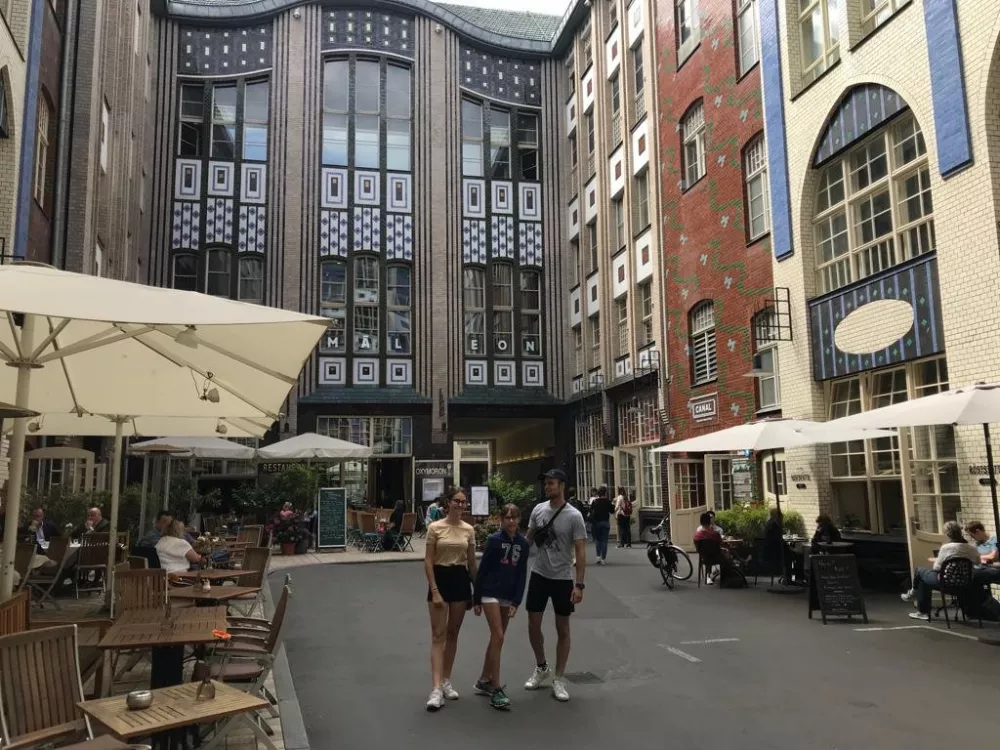Main Berlin attractions and monuments
Brandenburg Gate - one of the most famous landmarks of Berlin. This symbol of the city was built in the 18th century. This former customs gate is now located in the city center. The five gates were originally used to sort passengers: the middle one was reserved only for the royal family. It was rebuilt in its current style by the Prussian king Frederick William II at the end of the 18th century. From the gate, the goddess of victory Victoria looks down on us, riding an antique two-wheeled chariot pulled by four horses. The quadriga with the goddess Victoria, which Napoleon stole in 1806 and took to Paris, was triumphantly returned to the gate after his fall in 1814.
Address: Pariser Platz, Berlin.
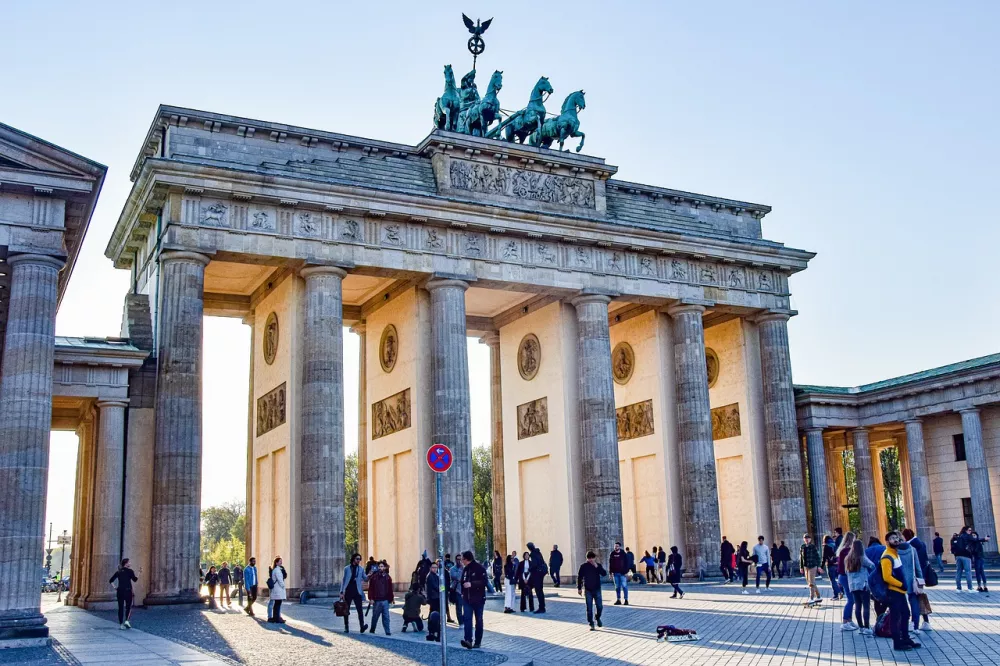
Berlin Cathedral - the largest Protestant church in Germany. The cathedral is located in the city center and is known for its beautiful organ, frescoes and mosaics. During the bombing during World War II, the cathedral was 80% destroyed. After the war, it was jointly restored by both German governments - West and East, although the building was located in the GDR. The main nave of the cathedral was reopened only in 1993.
Address: Lustgarten, Berlin.
Berlin Town Hall or Rotes Rathaus (Red Town Hall) - Berlin City Hall or Rotes Rathaus (Red City Hall) - a historic building in the city center from the second half of the 19th century. It is the seat of the mayor of Berlin and the city council. Various official and cultural events are also held here. The German Republic was proclaimed in this important cultural monument in 1918. The central clock tower is 74 m high.
Address: Rathausstraße 15, Berlin.
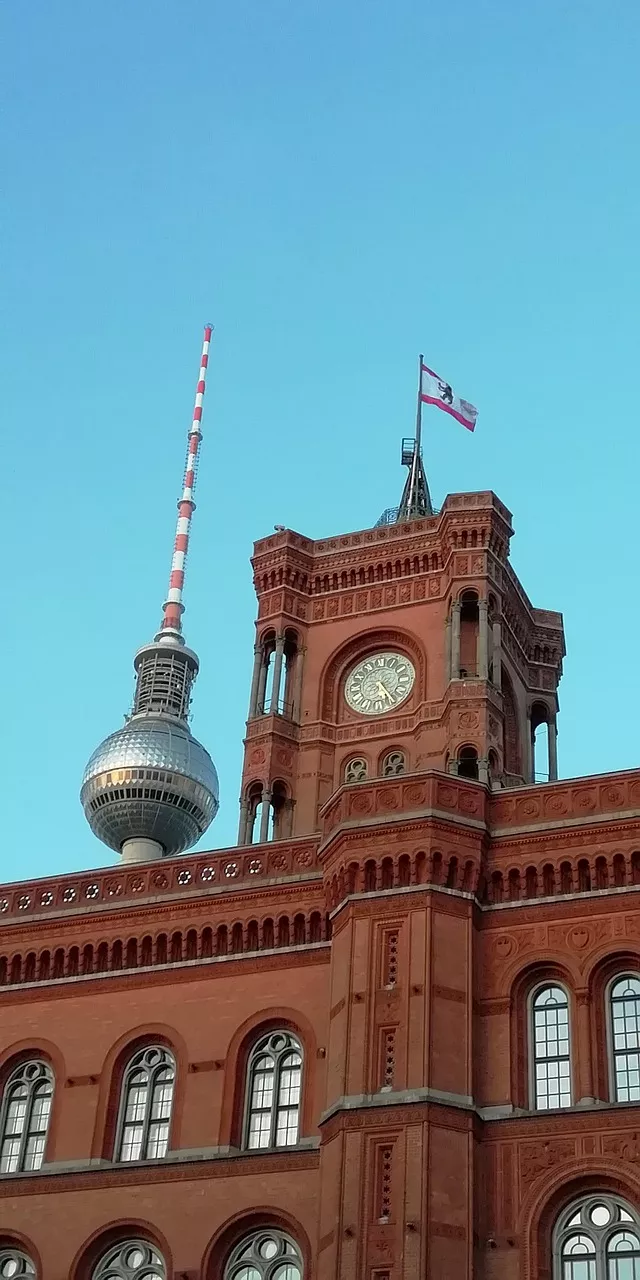
East Side Gallery - the longest surviving section of the Berlin Wall. It measures about 1.3 km and can be found on the banks of the Spree River in Mühlenstrasse. This wall features various art installations and graffiti that reflect the history of Berlin and the changes that have occurred there. The East Side Gallery was created in 1990, when 118 artists from 21 countries painted the wall in just 5 months. The most famous work – The Fraternal Kiss by Dmitry Vrubel – depicts the socialist kiss between Leonid Brezhnev and Erich Honecker. During the reconstruction in 2009, 89 original artists repainted their works with durable paints that can withstand the Berlin weather.
Address: Mühlenstraße, Friedrichshain-Kreuzberg, Berlin.
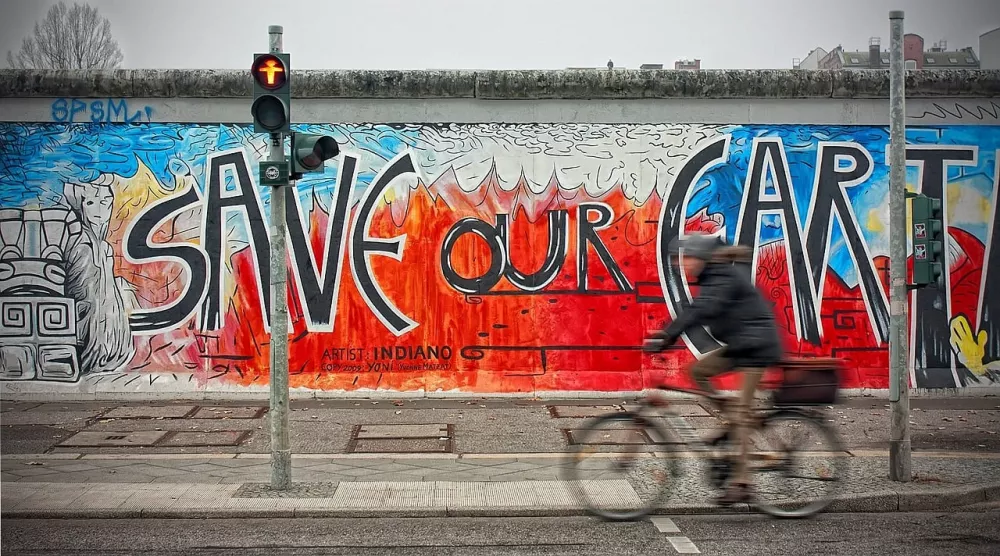
Berliner Fernsehturm (Observation Tower) – originally a television tower built in 1965-69. Today it houses an observation deck and a revolving restaurant at a height of 207 meters. It rotates three times an hour. It is the tallest free-standing structure in the European Union. The tower is 368 meters tall, has 986 steps and an elevator takes 38 seconds to reach the top. In sunny weather, the cross, which West Berliners called the “Pope’s Revenge” – an ironic reference to the atheist regime of the GDR, is reflected on the ball of the tower. The architects tried in vain to remove the effect with paint and chemicals.
Address: Panoramastraße 1A, Berlin.
Museum Island - a museum complex located on an island in the Spree River. The entire island has been a UNESCO World Heritage Site since 1999. It includes the Museum of Ancient Art, the Byzantine Museum, and the German Museum. Museum Island represents 6,000 years of human history, culture, and art. The newest addition to Museum Island is the James Simon Gallery, which opened in 2019 as the sixth building of the complex and the main visitor center.
Address: Bodestraße 1-3, Berlin.
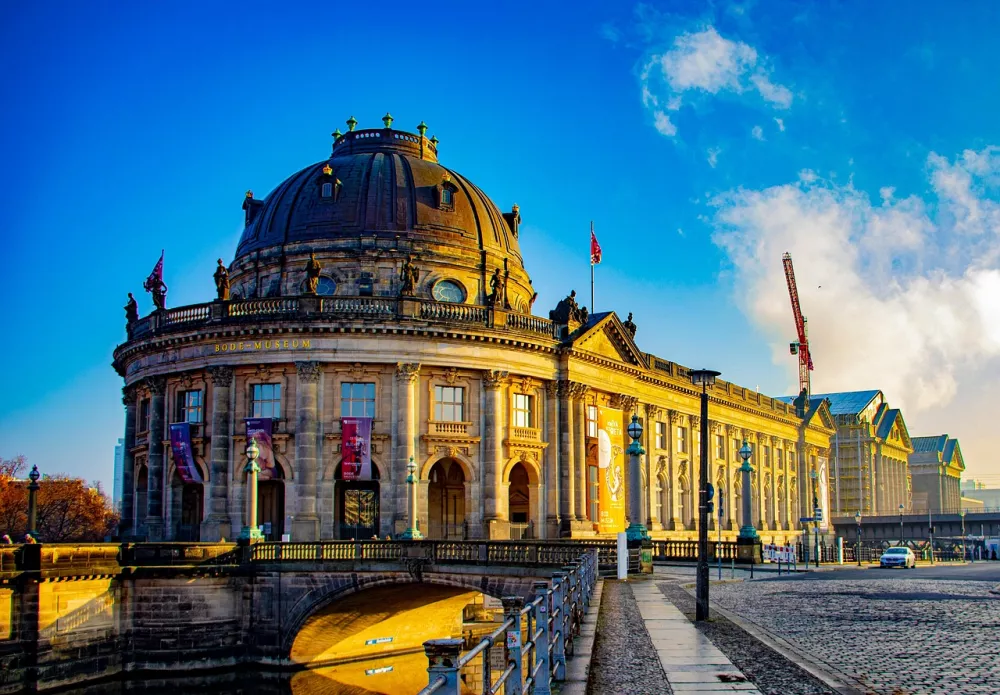
The Pergamon Museum - one of the largest and most important museums in Berlin. It contains collections of ancient artifacts, including the famous Pergamon Altar, which comes from the Greek city of Pergamon in the 2nd century BC. The altar is a 113-meter-long frieze depicting the fight of the gods with giants. It was transported by the Germans from Pergamon, Greece (today's Turkey) in 46 wagons in the 19th century. In addition to collections of classical ancient art, you will also find exhibits of ancient Near Eastern and Islamic art. The main building of the museum will be closed for renovation until 2027.
Address: Bodestraße 1-3, Berlin.
Jewish Memorial (Holocaust Memorial) - one of the newest monuments in Berlin, completed in 2005. The Holocaust Memorial in Berlin consists of 2,711 concrete steles (columns) arranged in a wavy field covering an area of 19,000 m². The individual blocks vary in height from 20 cm to 4.7 meters, creating an optical impression of instability. The underground exhibition "Place of Information" stores the names of 3 million Jewish victims from the Yad Vashem database.
Address: Cora-Berliner-Straße 1, Berlin.
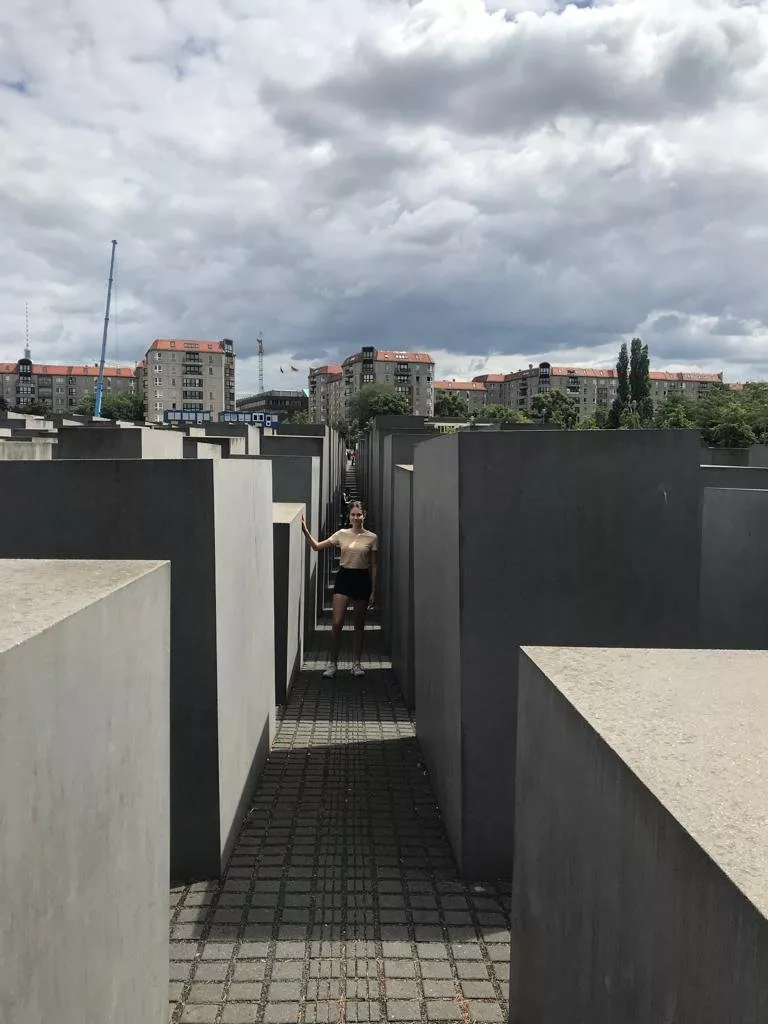
Hackesche Höfe – a courtyard complex consisting of eight interconnected courtyards from the early 20th century. The complex was built in the Art Nouveau style. Events such as literary evenings or Neopathic Cabaret were held here. The first courtyard of the Hackesche Höfe is decorated with a unique Art Nouveau facade by architect August Endell, which combines colored glazed bricks and geometric patterns. This specific decoration survived the bombing of World War II and became a symbol of Berlin's architectural renewal after the fall of the Wall.
Address: Rosenthaler Straße 40/41, Berlin.
